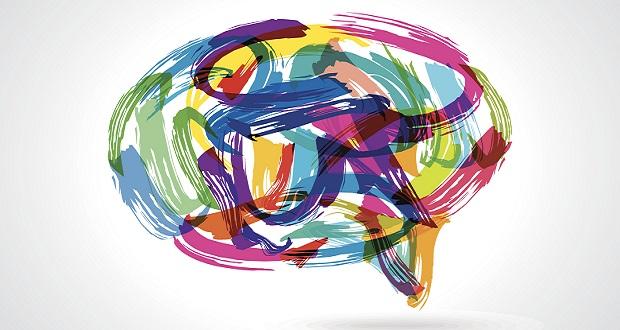
Over the last several decades, the business case for diversity and inclusion has evolved from a compliance and morality driven perspective to one that focuses on diversity as a business imperative and as an asset to be leveraged. We know that diversity matters, and that diversity and inclusion together yield innovation, creativity, and greater collaboration, which contribute to better business outcomes. Businesses understand that they must work to attract, retain, and develop the best talent to remain competitive in an ever-changing and competitive market. Diversity and inclusion are no longer nice to haves – they are must haves that are inextricably linked to sustaining the workforce and marketplace of the future.
For the most part, organizations in corporate America and across the globe have gotten on board, with many choosing to invest resources in expanding their diversity and inclusion efforts and exploring opportunities to tap into new talent pools and consumer markets. 87 percent of global companies identify diversity and inclusion as a top strategic priority for their business, according to a recent study from PwC.
Over the last several years in my career, I have focused heavily on outlining the business case for diversity and inclusion, which in many ways seems almost intuitive. Diverse backgrounds, perspectives, and experiences allow us to solve challenges in new ways. Inclusion – intentionally valuing, respecting, and embracing differences – helps to build a sense of belonging and trust. Where I have found a gap, however, is the translation of the business case for D&I from “what” to “how”. Creating effective change means moving beyond the business case for diversity and truly engaging the hearts and minds of leaders and stakeholders.
Creating effective change means moving beyond the business case for diversity and truly engaging the hearts and minds of leaders and stakeholders. Click To TweetThis requires a more deliberate focus on inclusion and seeking to understand difference. While the business case for D&I remains largely unchanged, the political climate and external factors shaping current D&I concerns continues to shift. An essential part of managing the “how” is building empathy.
Often, as leaders, we shy away from solutions that seem “soft” or intangible. The problem with this practice is that the very sense of inclusion itself is often intangible. Inclusion is not one-size-fits-all, and it will look and feel different for each individual. Generally, however, a culture of inclusion will be one that values differences and ensures that all have the tools, resources, information, and opportunities to succeed.
Empathy requires us to move beyond simply “valuing diversity” to seeking to understand the perspectives and experiences of those we perceive to be most different than us. It requires listening to hear instead of listening to be heard, remembering times when we have felt excluded, shamed, interrupted, or otherwise discounted, and having understanding – not sympathy – for others. Empathy, in many cases, requires some bravery and candor in recognizing that your experience may not be the experience of all.
It has been said that facts and data do not necessarily always change minds. Unconscious biases, pre-existing beliefs, and even confirmation bias all play a role in how we view the world. Continual exposure to difference, novel experiences such as cross-cultural or reverse mentoring, and creating safe places to discuss traditionally challenging or polarizing topics is a start. Diversity and inclusion certainly is a business imperative – but in order to affect the most change in the business, we need to open our ears to hear, open our minds to possibility, and open our hearts to understand.
Diversity and inclusion certainly is a business imperative – but in order to affect the most change in the business, we need to open our ears to hear, open our minds to possibility, and open our hearts to understand. Click To Tweet

















